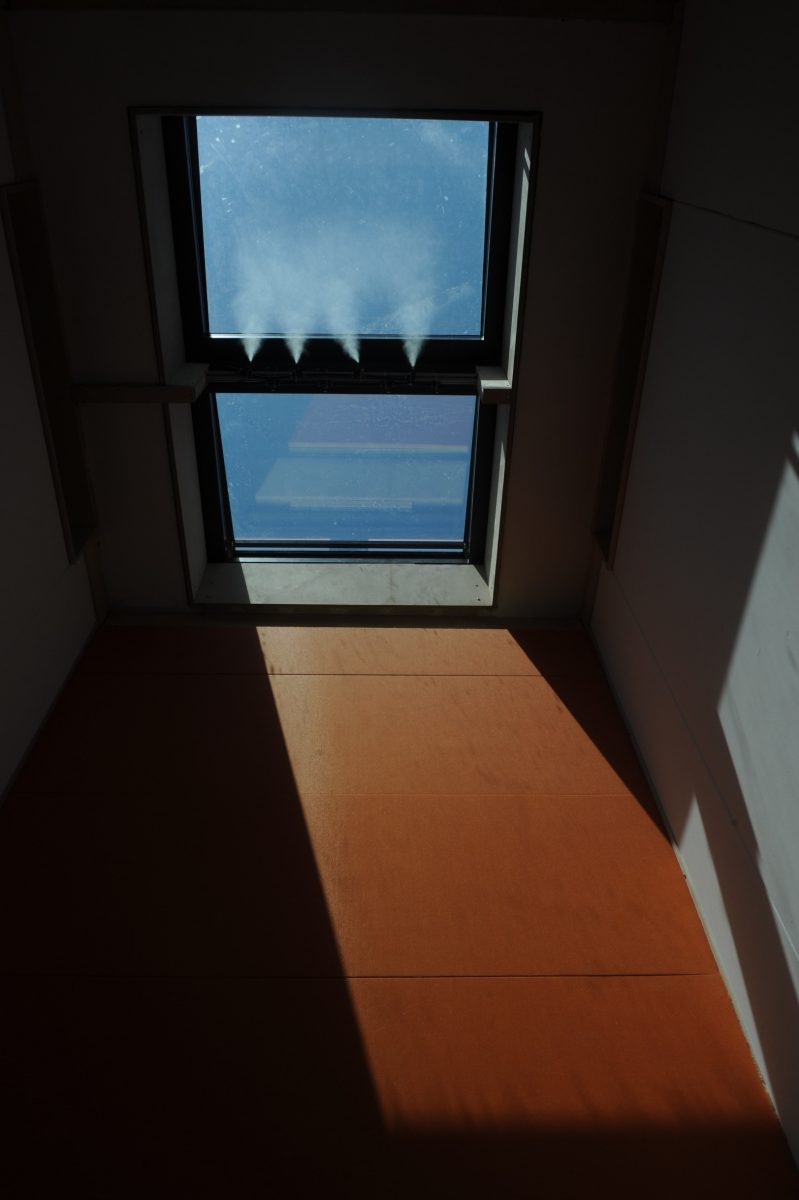Rosa Schiano-Phan
Ford, B., Schiano-Phan, R.,Vallejo, J. (2019). The Architecture of Natural Cooling, (London: Routledge)
The Architecture of Natural Cooling is a practical manual for architects and designers to approach the architectural integration of passive cooling in buildings. The book provides an opportunity for historical and contemporary reflection and a ‘call to action’ in the context of the Climate Emergency that we are facing.
As overheating is commonplace in buildings, the book describes how we can keep cool without conventional air-conditioning. Beginning with an historical introduction of the origins of natural cooling, which we refer to as being part of an ‘empirical tradition’, this is followed by a methodological approach to bio-climatic design and to the architectural integration of various cooling strategies, systems and components, with a focus on evidence-based methods of performance prediction at the various stages and scales of design. Part 2 focuses on contemporary and pioneering case studies which employ various cooling strategies. These were analysed post-occupancy, allowing identification of emerging performance issues and useful lessons to be learned for future improvements in design practice and building operation.
The case studies cover a wide range of climates and strategies. These buildings, although small in scale, are significant in what they represent in terms of performance, occupants’ perception and architectural integration. They have been reviewed based on the design intent they respond to, climatic context, cooling strategy and their performance, as perceived by the building’s occupants. Caution must be taken when comparing case studies which are in very different contexts from each other, both climatically and culturally. Nevertheless, the overall conclusions relate to the importance of strategic design (role of the architect) and building operation (role of the user, maintenance and control).

Passive Downdraught Evaporative Cooling (PDEC), SDE 2010, Madrid









